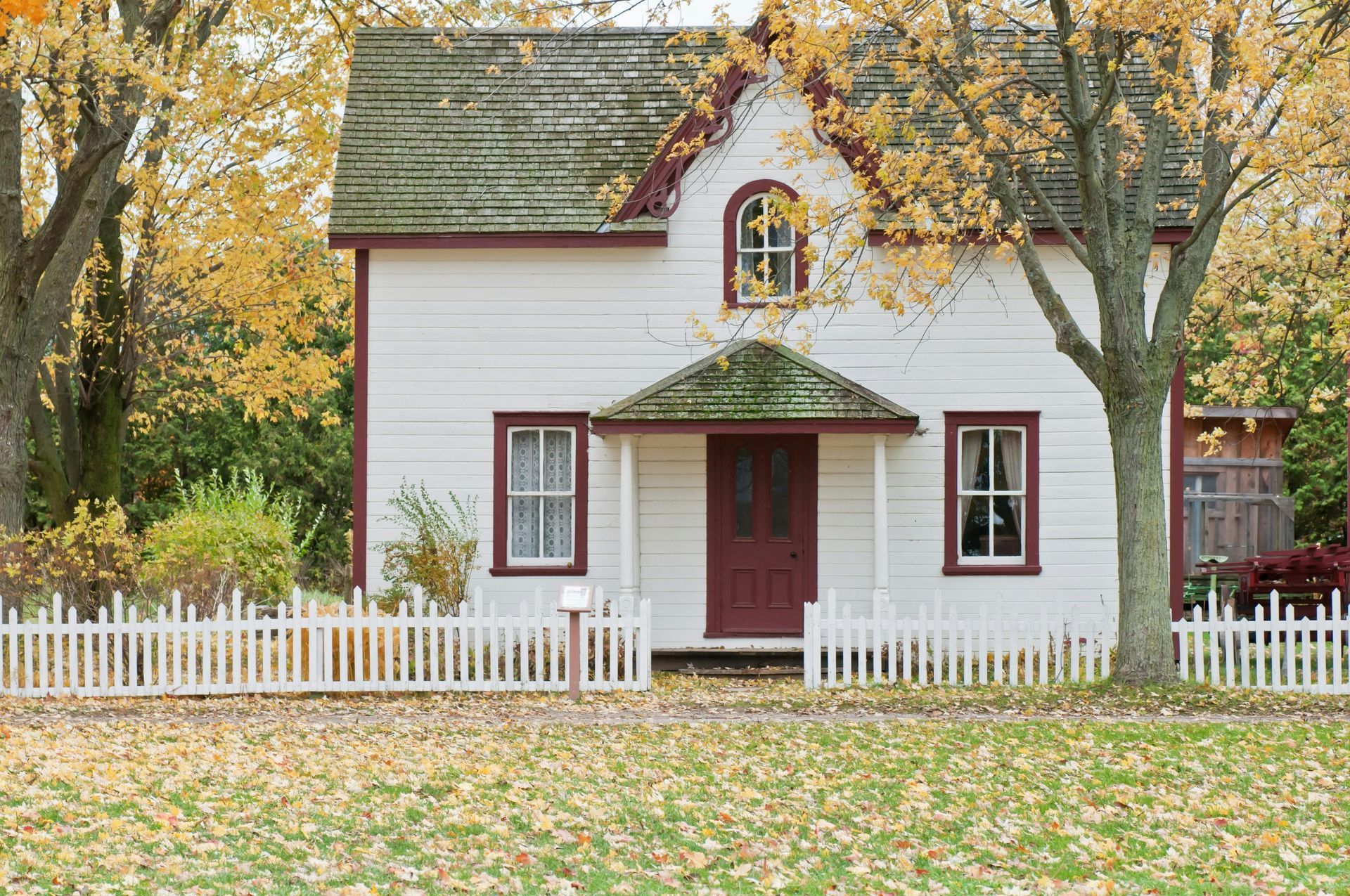Got Squirrels? Don't worry, it's very common this time of year. Here are some solutions and preventative measures.

As a homeowner in New Hampshire, maintaining your property includes keeping an eye out for unwanted guests—squirrels. These small mammals are notorious for making themselves at home in your gutters, attic, and basement, especially in homes with fieldstone foundations. Here’s why it’s crucial to regularly clear your gutters of squirrel debris and thoroughly inspect your home for these furry stowaways.
Squirrel debris, such as nesting material, acorns and other food remnants, can clog your gutters. Blocked gutters lead to water overflow, potentially causing damage to your roof, siding, and foundation. Also keep in mind, the weight of accumulated debris after it becomes waterlogged, can strain and eventually damage your gutters. Over time your gutters may begin to pull away from the fascia board, or even become completely detached.
Attics provide a warm and cozy spot for furry friends. Be certain to look for chewed wires, shredded insulation, and droppings, and pat attention to scratching or scampering noises, particularly in the evening. Did you know, squirrels can squeeze through extremely small openings? Seal any potential entry points with durable materials like steel mesh. Check for gaps, holes, and chewed areas around vents, eaves, and rooflines, remember, they are sneaky!
Fieldstone foundations are common in antique homes, and often have gaps and crevices that can serve as entry points for critters. Use mortar or expandable foam to seal these openings and consider installing a sturdy mesh barrier around the base of the foundation.
How can you deter squirrels and other small mammals?
1. Trim Trees and Shrubs: Overhanging branches allow for easy access to your roof. Trim any tree or shrub at least six feet away from your home.
2. Install Gutter Guards: This prevents debris from accumulating in your gutters while allowing water to flow freely. They also deter squirrels from nesting by enclosing an already small space.
3. Use Repellents: Natural repellents like peppermint oil or predator urine can deter squirrels. Apply these around potential entry points and nesting sites.
So, you found a few "new tenants," now what? You can try to encourage squirrels to leave by creating an unfriendly environment. Bright lights, loud noises, and strong smells can make your attic or basement less inviting. High pitched chirping devices can be purchased at your local hardware store. Try installing one-way doors that allow squirrels to leave but not re-enter. Place them over known entry points after ensuring no babies are left behind. If all else fails, or you would rather hire a professional, they can safely and humanely remove the animals and provide additional preventive measures.
By addressing any infestations promptly, you can protect your home from damage. Stay vigilant and act swiftly to keep these furry invaders at bay. Squirrels are cute but can be costly when
they decide to move in.



